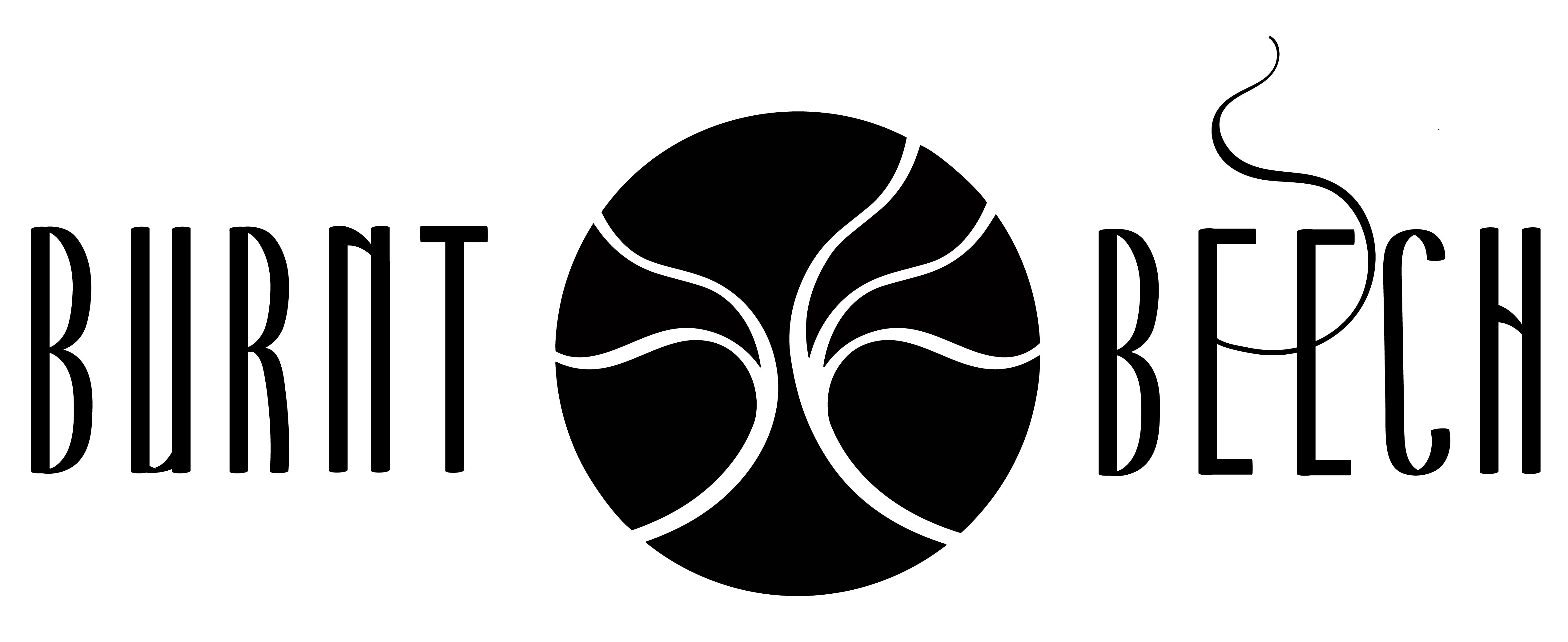Sage incense is the epitome of ancient wisdom... Used for thousands of years for cleansing and sanctification, this sacred herb is now one of the most popular scents for enhancing spiritual and religious practices. In this article, we discuss 'Sage Incense Benefits: The Ultimate Guide'.
What is Sage Incense?
There are several varieties of Sage incense, the most common being White Sage (also known as Salvia Apiana).
.
White Sage plants have a distinctly dense and leafy structure which allows them to burn slowly and evenly, thus making them perfect for use as incense. They also produces a lot of smoke when burnt, ideal for purifying large rooms and spaces, this is often called 'smudging'.
.
White Sage grows primarily in arid regions, such as deserts and mountains. This made it readily available to some - but not all - Native American tribes, such as the Lakota.
.
History Of Sage Cleansing
.
Ancient, indigenous tribes burned Sage incense as a means of cleansing negative energy, connecting with the spiritual realms, sanctifying sacred spaces, and much more.
.
There are also other types of Sage used as incense, which include: common Sage, Black Sage, Lavender Sage, and Blue Sage. Each have their own benefits.
Burning White Sage bundles, best known as 'Smudge
Sticks', are synonymous with Native American culture. Smudge sticks formed the basis of many sacred ceremonies and rituals in pre-European America, primarily because of their cleansing and protective properties.
.
However, despite its roots in Native American culture, it has also found prominence in the modern West. Today, many people use it to purify their homes and sanctify their space.
So What is Sage Incense?
Safe incense comes in different forms including Sticks, Cones, Coils, and our favourite being, Natural Incense.
.
Incense Sticks: Incense sticks are an easy, cheap solution to incense burning. They consist of a combination of fragrant aromatics and combustible wood powders that form a paste. This is then set around a small stick, usually made from bamboo. Incense sticks produce a strong, pleasant aroma, however, most sticks available today have
added chemicals which can be harmful to the body. This also applies to cones and coils.
.
Natural Incense: We may be biased, but we believe natural incense to be the best, all-rounded incense. So what is it? Natural incense is a combination of natural and aromatic substances sourced from various plant materials. It includes Resin - found within the bark of certain tropical trees, Essential oil - extracted from flowers, herbs, leaves, bark, fruit, spices, nuts, and seeds, and Botanicals - simply dried aromatic plant life. Natural incense is the most ancient form of incense burning, whilst also being the most healing, fragrant, and energising.
.
Sage natural incense consists of burning its essential oil and dried leaves, however, we like to mix things up by combining different scents. Myrrh and Lemongrass are great complimentary scents to Sage. For more on natural incense and how to burn it,
Click here.
What Does Sage Incense Smell Like?
White sage has a powerfully herbal aroma. It also has a soft and cooling element, perhaps because it is a member of the Mint family. And similarly to its mint cousins, it has a wildly cleansing energy. This quality makes it perfect for cleansing the Chakras.
.
Contradictory, the scent of burnt Sage can also bring a subtle warmth and welcoming energy. However, if the sage is old it can become bitter, so always ensure your Sage is mostly fresh.
.
Read on as we 'Sage Incense Benefits' and how to burn Sage for best results.
How to Use a Smudge Stick (Sage Incense)
Smudging is the act of burning a bundle of Sage leaves and stems, mainly in environments that require deep energy cleansing. The smoke from smudging can reach wide areas, helping to purify by attaching itself to negative energy and encouraging it to dissipate. Thus leaving the area healed and refreshed.
.
How to light a smudge stick.
.
Time needed: 30 Minutes
-
Set your intentions
It is important to have a clear intention in your mind before beginning the ritual. Try meditating on this intention or repeating an affirmation. A great affirmation for smudging is "I release the negativity from my life, and embrace positivity."
-
Light your smudge stick
Using a match or lighter ignite the tip pointing diagonally away from you. Once it has burned for a couple of seconds, blow out any flames to leave the bundle smoking.
-
Move around
Take your smudge stick around the area you want to purify - gently waft the smoke with your hand. Be sure to get into the corners of the room for the best results.
-
Extinguish
Using a specified heatproof burner or bowl, push the burning Sage into the bottom to smother the flames. DO NOT put it in water if you want to use your smudge stick again as it will be ruined.
Never leave burning incense unattended.
Sage Incense Benefits: Our Top 6
1. Forges Deep Spiritual Connections

Thujone is a slightly
psychoactive chemical found in Sage, it
stimulates the central nervous system and, in large doses, can create visions and hallucinations. However, we do not recommend overuse.
The amount of Thujone found in Sage is not enough to induce powerful visions, although it does lead to improved intuition and connection. The increased levels of
spiritual and emotional perception provided by Sage incense are a testament to why healers have long used it during
spiritual ceremonies and moments of deep reflection.
2. Cleanses Negative Energy

Sage has long been the go-to for cleansing spaces of negative and dark energies, stemming from the rituals of some Native American tribes, however, it can also be used to heal our own self from negativity, whether physical or inner. Sage incense has powerful soul-healing effects, perfect for decreasing symptoms of stress, anxiety, and depression.
3. Improves Brain Function

Multiple studies have shown that Sage improves cognitive abilities in many ways, including reducing inflammation, increasing
mental stimulation, and improving memory.
Some of these studies showed the potential for Sage to help reduce the likelihood of developing neurological issues in later life. This is a huge breakthrough and yet another example of ancient wisdom backed up by modern science.
4. Naturally Healing

The name Salvia (the genus of Sage) comes from the Latin word
Salvēre, meaning 'to heal'. Multiple studies have found that as well as improved cognitive abilities, Sage has anti-inflammatory properties and can protect our bodies from oxidative stress. A
reduction in oxidative stress can help prevent many degenerative diseases later in life.
5. Mood-Boosting

Sage was a widely-used herb in ancient civilizations, however, mostly for cleansing and healing purposes, it was also burned to uplift spirits in times of sadness, grief, and stress. In Mexican traditional medicine, Sage is commonly used for reducing anxiety, as well as depression.
If you are feeling a little pent-up or anxious, try meditating or practising yoga whilst burning sage incense.
6. Promotes a Restful Sleep

Sage has been shown to improve the duration and quality of sleep. And is perfect for people who struggle with insomnia, tiredness, or nightmares.
Burning Sage incense before bedtime is a great way to ensure you drift off peacefully and
stay asleep until morning. However, it is important to ensure you do not fall asleep until the incense has been safely extinguished.
The Bottom Line
Sage is well-known for its cleansing properties... And it's not difficult to see why! However, there is so
much more to Sage than just dispelling bad energy. It has been proven time and again by science that Sage incense has many powerful healing benefits. So next time you need a great all-around incense, Sage is your herb.







